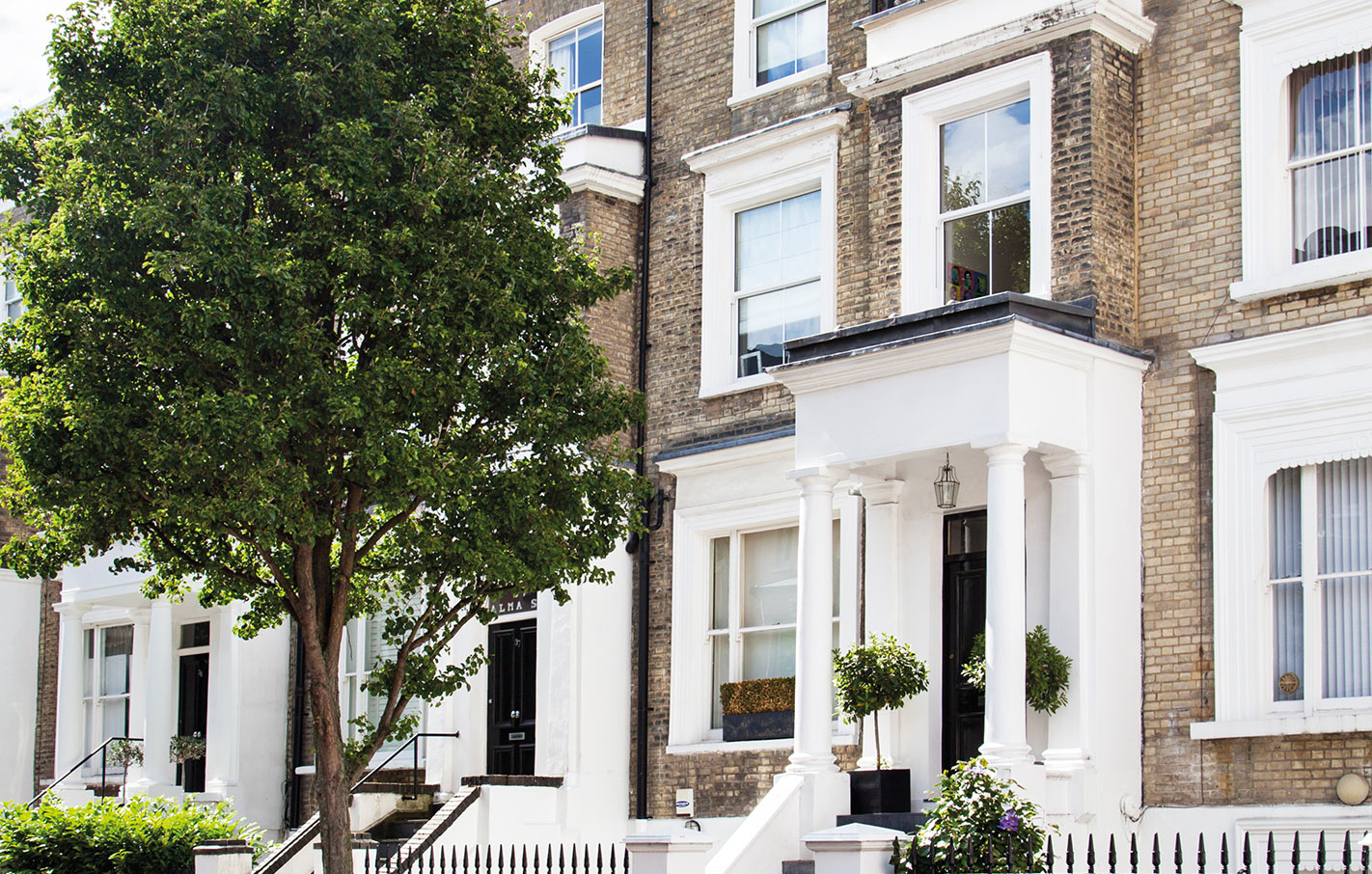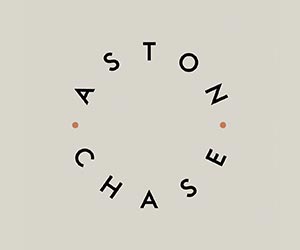Our experts weigh in on the often mystifying process of property valuation
Have you ever browsed Fabric’s extensive property offering and wondered why a W2 pied-à-terre is valued at £900,000 while a three-bed Maida Vale apartment is up for £1.25 million? Or how a Grade II listed family home in Hampstead Garden Suburb standing at £5.5 million compares to a converted penthouse in St. John’s Wood valued at £2.8 million? Us too!
“The size of the home, number of bedrooms, location, condition, and selling prices of similar properties nearby all of course have their part to play, but valuing a home is a highly nuanced process,” explains Mark Pollack, director and co-founder of Aston Chase. “Many agents rely on industry platforms such as LonRes, with data on all existing properties for sale and historic sales information, but while this has its place, it should be treated more as a barometer than a bible. Having an in-depth, long-standing knowledge of an area and its property market is vital.” While it may be useful to compare pricing of similar homes on the same street, there’s a whole range of other considerations involved in a valuation, which go well beyond boilers and bathrooms. “Ultimately, every house should be assessed individually,” says Mark. “If there’s a glut of homes comparable to yours on the market, its value will be suppressed, but if not, it will attract a premium.”
When it comes to unique properties, whether in terms of their size or rare historic features, surely a hard and fast valuation can’t be made? “In such cases, we tend to recommend a guide price,” reveals Mark, “which will then generate a lot of interest and a wide pool of buyers. This can then lead to a competitive bidding scenario.”
Stephen Lindsay, head of sales at Savills’ St. John’s Wood office believes that “the valuation process for each property is completely unique and will factor in a number of variables, so you have to look at all those things to determine an accurate price. For example: is the property detached, where is it located, it is freehold, does it have a view, what standard is it finished to, does it have parking, concierge, what’s the square footage? The list is extensive. You also need to assess current market conditions and the general sentiment of both buyers and sellers. Although there will always be anomalies like more rarefied properties, the ebbs and flows of the market will help dictate values in addition to the long checklist of attributes a property may or may not have. But more importantly, valuing comes down to the experience of the agent.”
“Property valuations are not an exact science, which is why owners might get a range of differing selling prices from agents” Chris Cooper, Benham & Reeves
Chris Cooper, associate director of sales at Benham & Reeves agrees, telling us that “property valuations are not an exact science, which is why owners often get a range of differing selling prices from agents. We pride ourselves on providing accurate valuations rather than simply telling the owner what they want to hear, putting the property on the market at an inflated price, then having to lower it later. Equally, buyers can easily find out how long a property has been on the market and will see when it’s been reduced and will then expect to negotiate the price down. The overall feel of the property is hugely important, too. A house with high ceilings and lots of light might measure much smaller than a bigger house which is dark and has low ceilings, but the overall appeal and saleability will be much greater for the first property and the value will be different accordingly. Although it is important to consider the property size, you still have to let your professional instincts inform you when it comes to providing a final valuation.

